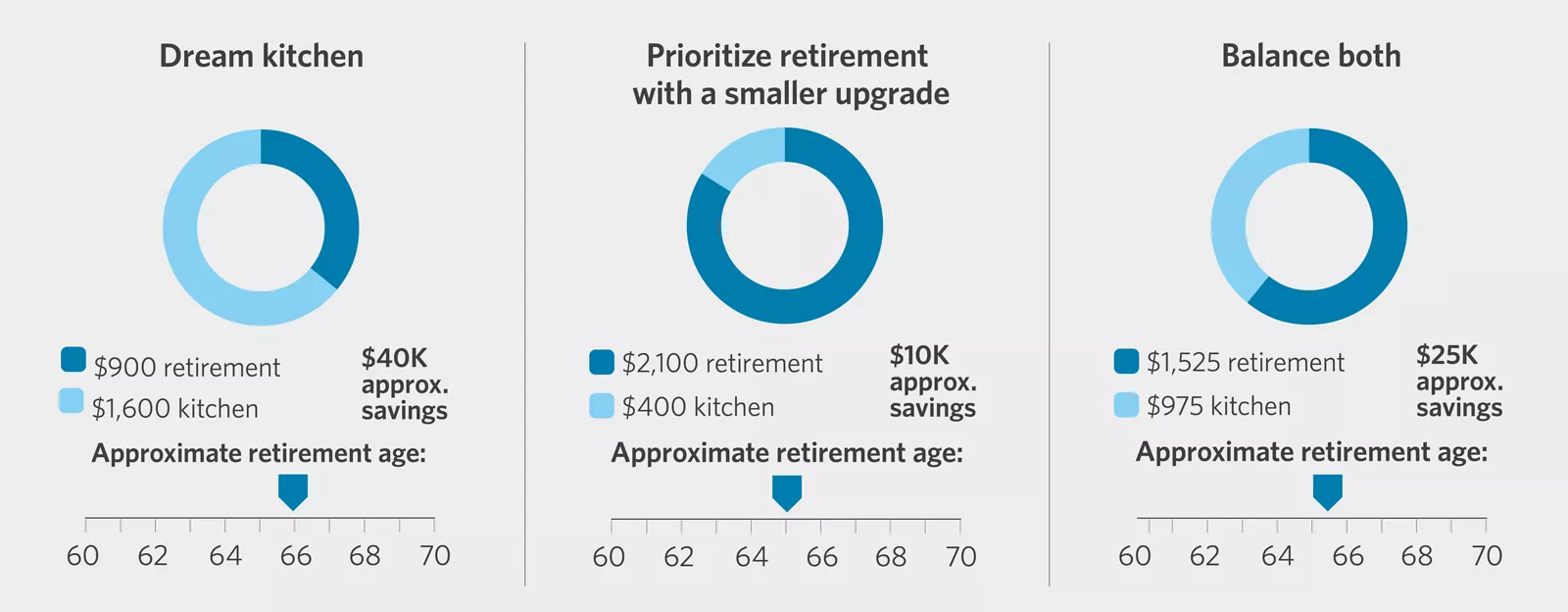In deciding whether borrowing or selling investments makes sense for you, many factors can come into play. Your financial advisor and a tax professional can help you weigh these elements to better understand the effect of selling investments versus borrowing.
Borrowing vs Selling
| Favors borrowing money | Favors selling investments | |
|---|---|---|
| Interest rates on loan compared with return on investments | Borrowing has a lower interest rate compared with the return on investments. | Borrowing has a higher interest rate compared with the return on investments. |
| Taxes | Selling investments will trigger a large amount of taxes. | Selling investments won't trigger a large amount of taxes. |
| Costs and fees | Investments are in a brokerage relationship where buying and selling results in transaction costs. | Investments are in a fee-based relationship where funds that remain invested continue to pay a fee. |
| Time horizon* | Shorter time horizon | Longer time horizon |
| Credit flexibility | Higher credit score and more credit flexibility | Lower credit score and less credit flexibility |
| * While a long-time horizon may lean toward selling investments, there are common instances where borrowing for long time frames makes sense, such as with a mortgage. This illustrates the importance of considering all factors. For instance, mortgages generally have lower interest rates. Also given the size of the purchase, it is generally not practical to pay for a home all at one time. | ||
